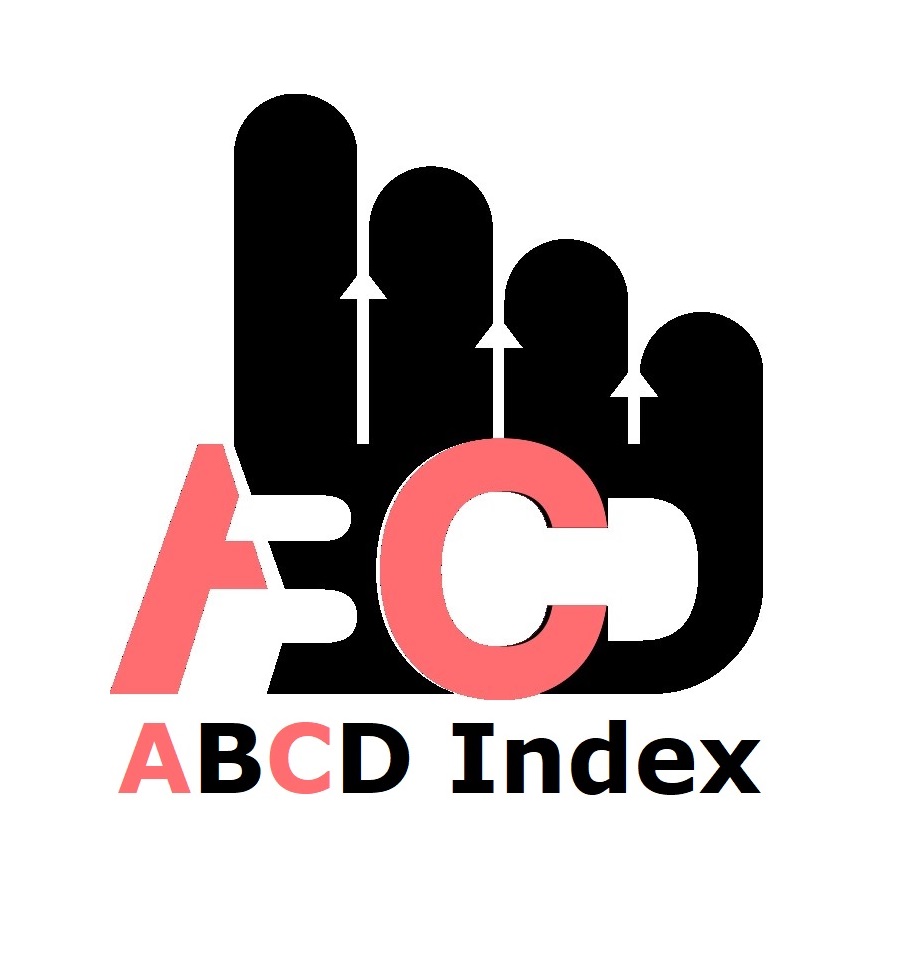Perception of clinical learning environment among undergraduate health-based students at Masinde Muliro University of Science and Technology, Kenya
Keywords:
Clinical Learning/Teaching, Clinical Learning Environment, Health-Based Students, MMUSTAbstract
Improvements in the clinical learning environments of a health-based training institution depend on identification of gaps. There was need to conduct studies around clinical learning environments in Sub-Saharan Africa since they were rated low and because there were concerns on the adequacy and quality of healthcare services that were available. This study was anchored on the constructivist theory with underlying pragmatic approaches, the main objective being to examine the perception of clinical learning environment among undergraduate health-based students at Masinde Muliro University of Science and Technology (MMUST). Cross-sectional study design employing mixed methods was used. The population of the study included all second, third, and fourth-year students who were enrolled in the study during a period spanning from June 2024 to November 2024. Stratified random sampling technique was used to arrive at a sample size of 302 participants computed through Taro Yamane formula and purposive sampling used for the interviews with students’ class representatives. Data was respectively collected by use of interview schedule and self-administered questionnaire; analyzed thematically, and through descriptive-inferential statistics using SPSS version 27, P<0.05. The questionnaire was found to be reliable with Cronbach’s alpha coefficient of 0.830. The study realized a response rate of 90%. Majority (59.9%, n=272) of the participants were male, and persons aged between 18-23 years (87.9%), mean age of 21 years. Significant mean differences were realized on the bases of level of study and type of academic program. The overall clinical learning environment was found to be very good with a score of 84% (n=200), whereas perceptions on clinical teaching was at 86.29% (n=100). However, the psycho-social support system domiciled in the clinical teaching was rated low with a mean of 2.8(SD=0.23). Themes that emerged during the interviews were status, challenges, and proposed solutions to challenges of the clinical learning environment. It was concluded that the clinical learning/teaching environment was positively perceived by students despite having a psycho-social support system that was rated low. Recommendations were made on the need for strengthening the environment’s psycho-social support system, and further series of research involving teachers.
Published
How to Cite
Issue
Section
Copyright (c) 2025 Benson Avomba Mwalati, Gladys Jepkorir Mengich, David Kigaya Kaniaru

This work is licensed under a Creative Commons Attribution-NonCommercial 4.0 International License.
Most read articles by the same author(s)
- Patrick Myles Wangira, Harun Chemjor, David Kigaya Kaniaru, Assessment of Competency and Biosafety in Mortuary Science Practice Among Practicing Morticians in Western Kenya , African Journal of Empirical Research: Vol. 6 No. 2 (2025): Apr-Jun 2025























